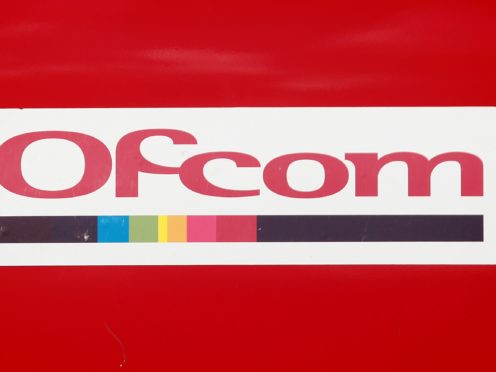Half of UK adults get their news from social media, according to research.
But social media platforms tend to be rated least favourably for quality, accuracy, trustworthiness and impartiality, Ofcom found.
The regulator’s annual news consumption report said that TV remains the most popular platform for accessing news, at 75%, but usage has decreased from 79% last year.
Use of social media for news has risen during the same period from 44% to 49%.
Our news consumption report today shows how and where adults and older children in the UK access news – check out the findings: https://t.co/gH5trRrLVx pic.twitter.com/UJGEdPkpwJ
— Ofcom (@Ofcom) July 24, 2019
After TV, the internet – including social media – is the next most popular platform for news (66%), followed by radio (43%).
Over a third of adults (38%) get their news from newspapers. When combining traditional print with newspaper websites and apps, overall use rises to 49%.
BBC One is still the most popular branded news source but has decreased in use from 62% to 58% this year.
Use of the BBC News Channel has also gone down, from 26% to 23%.
After BBC One, ITV (40%) and Facebook (35%) are the next most commonly used news sources.
More people are using Twitter (from 14% to 16%), WhatsApp (from 10% to 14%) and Instagram (9% to 13%) for news, while use of Facebook has remained stable.
Magazines are rated more favourably than any other news platform on quality, accuracy, trustworthiness and impartiality.
Only 37% of people who use social media for news said they thought it was impartial, compared to 78% among magazine users, 62% for TV, 61% for radio and 58% for print newspapers.
Six in 10 older children aged 12-15 say they are interested in news. Three quarters (76%) said they read, watched or listened to news at least once a week.
